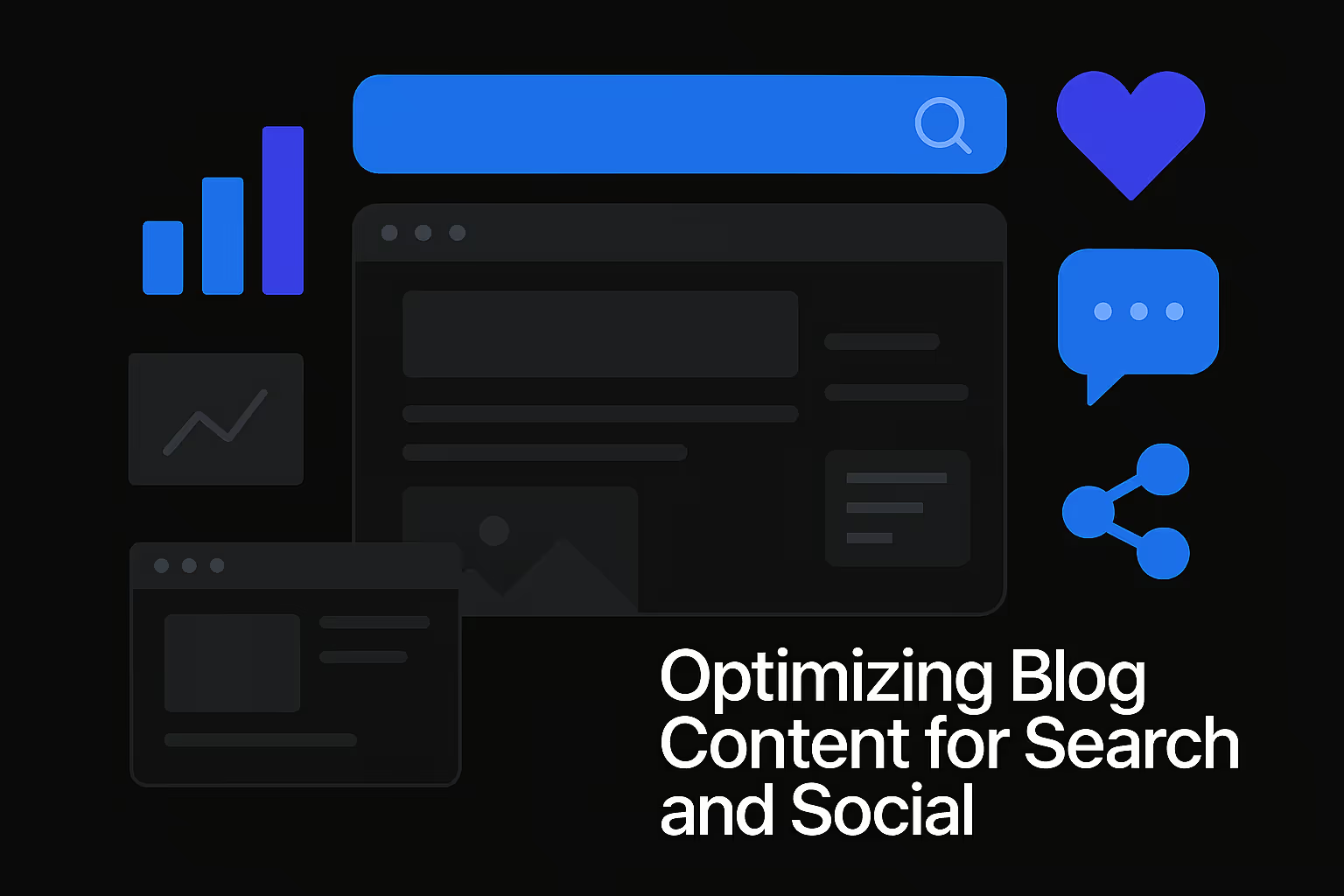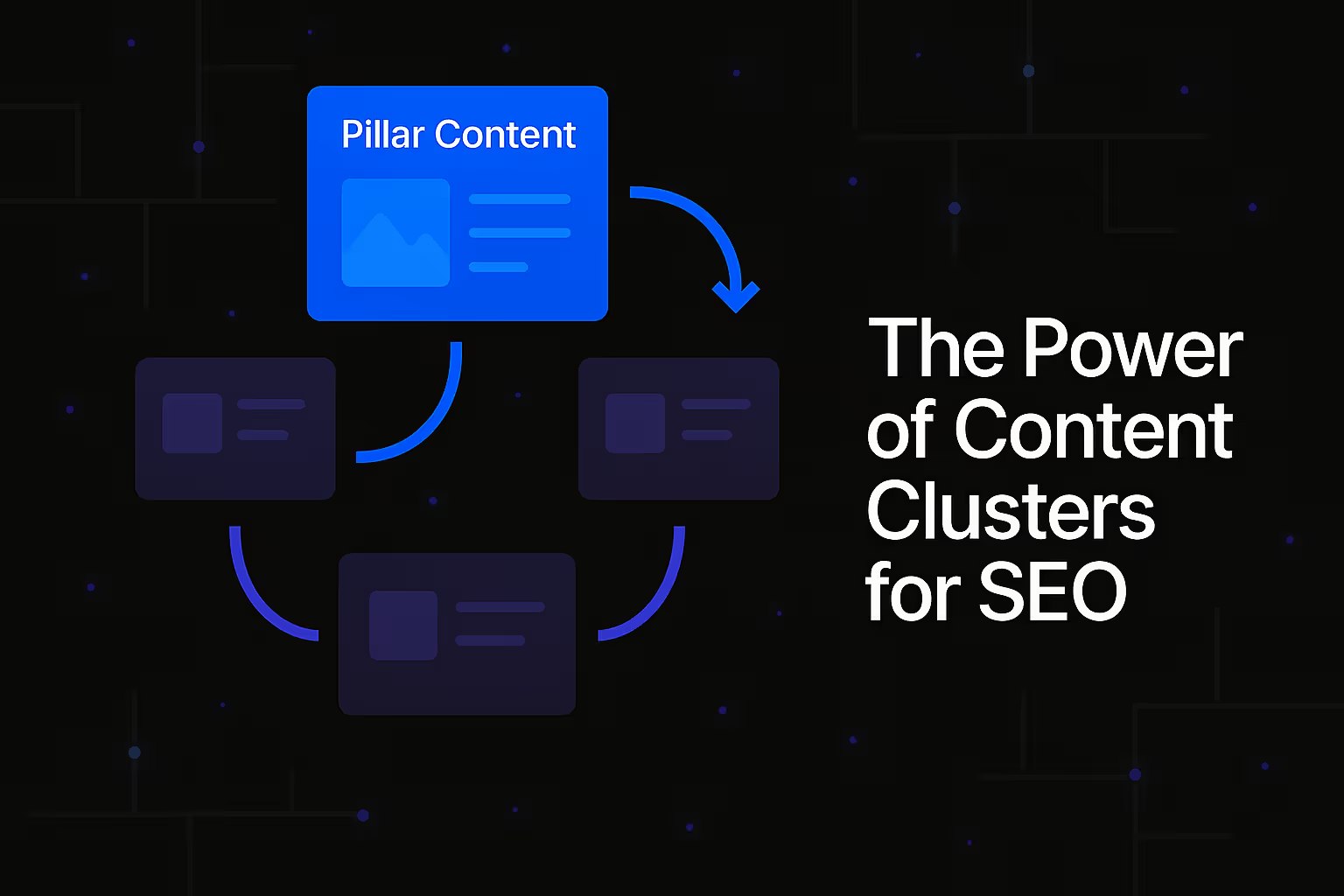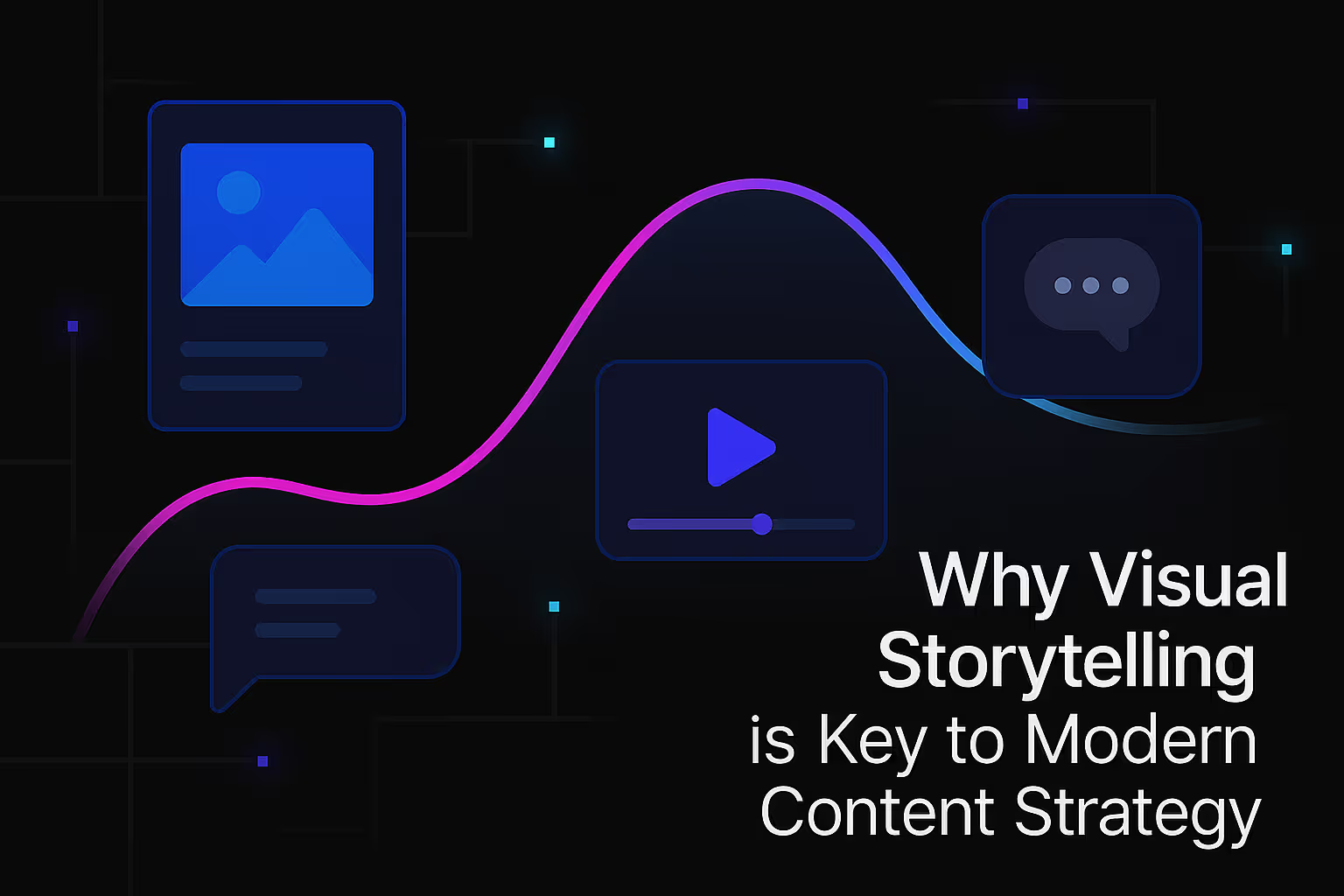Optimizing Blog Content for Search and Social

In the expansive and ever-evolving digital landscape, blog content stands as a cornerstone for businesses and individuals. However, merely creating content is no longer sufficient. To truly thrive, blog posts must be meticulously optimized for both search engines and social media platforms, transforming them into powerful engines for organic visibility and community interaction. This demands a holistic approach, one that seamlessly integrates technical precision with a profound understanding of human behavior and algorithmic nuances. The ultimate goal is to craft content that not only ranks prominently in search results but also resonates deeply enough to be shared, discussed, and acted upon across diverse social channels.
The User-First Philosophy: Foundation of High-Performing Content
At the heart of any successful content strategy lies a fundamental principle: the user comes first. While algorithms may dictate discoverability, it is the human experience that determines true value and sustained engagement. Content that genuinely serves the needs, answers the questions, and solves the problems of its intended audience will inherently perform better in both search and social realms. This human-centric approach is a core tenet reinforced by modern search engine algorithms that prioritize helpful, reliable, and people-first content.
Beyond Keywords: Understanding User Intent and Value Creation
For years, the discourse around search engine optimization often revolved around keyword density. Today, that narrow focus has been replaced by a much more sophisticated understanding: semantic comprehension and user intent. Search engines are no longer just matching isolated keywords; they are striving to understand the full context of a query, the underlying need, and the intricate relationships between various concepts. This means your blog content must go far beyond a mere collection of terms. It must provide comprehensive, insightful answers that anticipate follow-up questions and explore related topics.
To achieve this, content creators must delve into the why behind a search query. Is the user looking for information, a product, a solution to a problem, or a specific action? By understanding their intent, you can tailor your content to deliver precisely what they are seeking, fostering a positive user experience that search engines increasingly value. When content truly answers a user's query comprehensively, it naturally attracts more engagement, which in turn signals its relevance and value to search algorithms.
Cultivating Trust and Authority: The E-E-A-T Imperative
In an age of information overload, establishing credibility and trust is paramount. Google's E-E-A-T framework—Experience, Expertise, Authoritativeness, and Trustworthiness—serves as a critical north star for content creation. This framework ensures that content not only informs but also establishes its veracity and the legitimacy of its source. For blog content, integrating E-E-A-T means demonstrating a deep understanding of your subject matter, presenting accurate and verifiable information, and clearly signaling the source of your insights.
Experience refers to firsthand knowledge or direct engagement with the topic. Expertise signifies a high level of skill or knowledge. Authoritativeness is about being recognized as a go-to source for information on a given subject. Finally, Trustworthiness encompasses the overall reliability and honesty of your content and website. By focusing on these elements, you not only satisfy algorithmic requirements but, more importantly, cultivate a loyal audience that views your content as a reliable and credible resource.
Technical Precision: Ensuring Discoverability and Indexability
Even the most insightful and well-written blog content remains invisible if search engines cannot find, understand, and categorize it properly. Technical SEO forms the indispensable foundation upon which content visibility is built. It’s about ensuring that your website and its content are structured in a way that search engine crawlers can efficiently access, process, and add to their vast index.
Crawlability: Paving the Way for Search Engines
The journey of your blog post through the search engine begins with crawling. Googlebot, an automated web crawler, constantly explores the internet, identifying new and updated pages. For your blog content, this means it must be inherently crawlable. Content should not be hidden behind complex JavaScript or embedded in inaccessible media formats without proper text alternatives. All essential resources must be readily accessible to Googlebot.
Furthermore, managing your crawl budget is vital. Google allocates a certain "crawl budget" to each website. To optimize this, leverage your robots.txt file to direct crawlers away from unimportant resources. Simultaneously, ensure your XML sitemaps are always up-to-date. Sitemaps act as a roadmap for crawlers, encouraging and prioritizing the crawling of important new and updated pages.
Indexing for Impact: Making Your Content Searchable
Once a page has been crawled, the next critical step is indexing. During this phase, Google analyzes the content, storing this information in its massive index. This process involves understanding key content tags and attributes. The content within your `` elements and the alt attributes for your images play a significant role. The title tag, in particular, is often the first interaction a user has with your content in search results, making it a powerful factor for click-through rates.
A common challenge is dealing with duplicate content. Search engines strive to provide the most relevant and unique result for a query. If identical content exists across multiple URLs, Google will select a single, preferred URL to represent that content in search results, known as the canonical URL. It is also important to understand that indexing is not guaranteed. Several factors can impede a page's inclusion in the search index, such as low-quality content or the presence of no_index tags. For optimal search performance, your blog output must be inherently indexable.
Content Strategy for Dual Impact: Search and Social Synergy
While search engines provide the highway for discoverability, social media platforms offer the avenues for amplification, community building, and direct engagement. A truly optimized blog content strategy recognizes that these two realms are not separate but interconnected, each capable of bolstering the other.
Crafting Engaging Content for Both Worlds
The good news is that content optimized for search often possesses inherent qualities that make it highly shareable on social media. A well-researched, insightful blog post that genuinely solves a problem is far more likely to be shared than superficial content. The key lies in presentation and strategic distribution.
Effective blog posts for dual impact often incorporate storytelling elements. They maintain a clear, logical structure with clear headings and concise paragraphs, enhancing readability for both humans and machines. The strategic use of visual elements and multimedia such as compelling images, infographics, and videos can significantly enhance engagement on both fronts.
Optimizing for Social Distribution and Amplification
Beyond the content itself, specific technical and strategic considerations are essential for maximizing social distribution. Implementing social sharing buttons directly on your blog posts makes it incredibly easy for readers to share your content. More critically, understanding Open Graph (OG) tags and Twitter Cards is paramount. These pieces of code dictate how your content appears when shared on platforms like Facebook and Twitter. A captivating OG image and a concise, compelling OG title can significantly boost click-through rates from social feeds.
Furthermore, consider tailoring content snippets and visuals for different social platforms. Encouraging engagement by asking questions within your blog posts and on social media fosters a sense of community. This direct interaction not only increases the visibility of your posts but also builds a loyal readership.
The Dynamic Nature of SEO: Continuous Adaptation
The digital landscape is anything but static. This dynamic environment means that SEO is not a one-time task but an ongoing process of monitoring, analyzing, and adapting. To maintain top performance, content creators must embrace a mindset of continuous learning and iteration.
Monitoring, Analyzing, and Iterating for Sustained Performance
The journey to optimal blog performance doesn't end after publication. It’s crucial to monitor your content's performance across both search and social channels. Utilize tools like Google Analytics, Google Search Console, and social media analytics to track key metrics. Analyzing this performance data provides invaluable insights. Are certain types of content performing better than others? Which keywords are driving traffic?
Based on these insights, be prepared to iterate and adapt. This might involve updating older blog posts with fresh information, improving readability, or expanding on sections that show high engagement. This concept of refreshing and updating evergreen content is particularly powerful. Similarly, if a social media strategy isn't yielding results, don't hesitate to experiment with new content formats, posting times, or engagement tactics.
Conclusion
Optimizing blog content for both search and social media is a multifaceted endeavor that requires a blend of strategic foresight, technical proficiency, and a deep understanding of human behavior. It’s about moving beyond simplistic keyword stuffing to embrace a user-first philosophy that prioritizes value creation, credibility, and trust through the E-E-A-T framework. Simultaneously, it demands a commitment to technical precision, ensuring that your content is easily discoverable and indexable by search engines.
Furthermore, a truly effective strategy recognizes the synergistic relationship between search and social. Crafting engaging content that lends itself naturally to sharing, alongside optimizing for social distribution mechanisms, amplifies your reach and fosters vibrant communities around your brand. Finally, the dynamic nature of the digital landscape necessitates continuous adaptation. By diligently monitoring performance, analyzing data, and iterating on your strategies, you ensure that your blog content remains relevant, competitive, and impactful in the long term. By embracing this holistic approach, your blog posts can transcend mere information dissemination to become powerful assets, driving not just traffic, but meaningful connections and sustained growth in the digital realm.
Similar Insights
Stay Updated with Our Insights
Join our newsletter for the latest trends and tips in web development and digital marketing.




